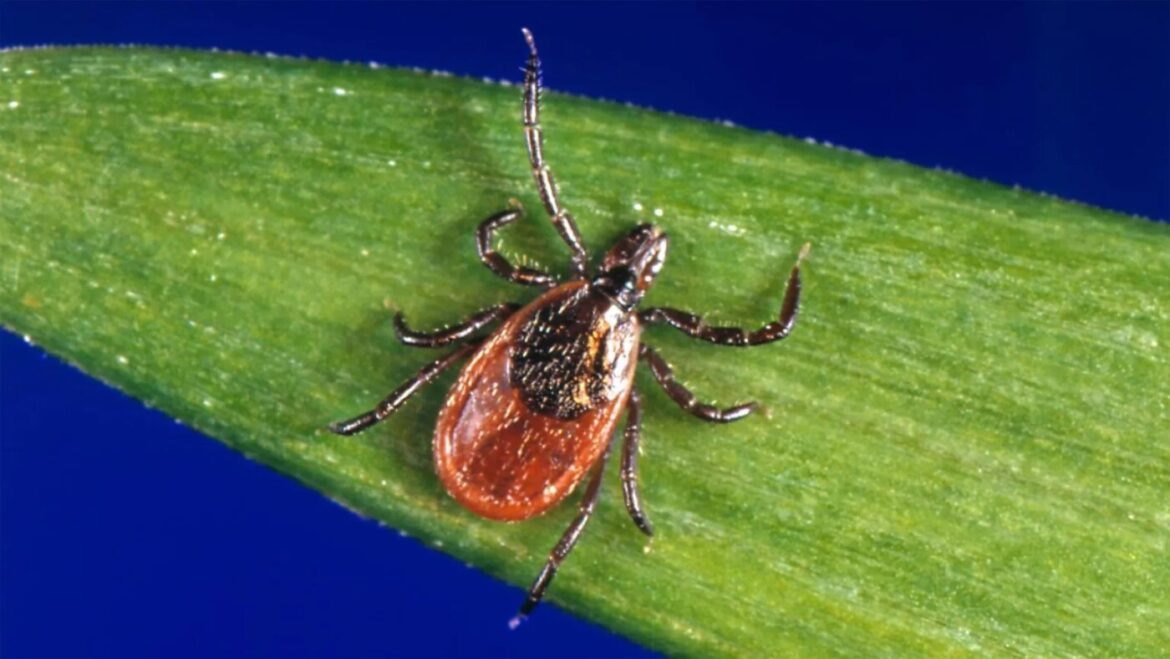As the sun shines warmer out there, sometimes it’s the little things we need to watch out for.
It’s tick season.
The East Bay Regional Park District wants people to be aware that the more they’re out there hiking, the more they’re at risk of being chomped on by ticks.
The district said the little blood suckers are often present in tall grass, brush, and wooded areas. Visitors are encouraged to keep tick safety precautions in mind when visiting East Bay Regional Parks throughout the spring, summer, and fall seasons.
Ticks carry germs that can cause a number of diseases, including Lyme disease, an infectious disease transmitted by the bite of a tick.
It may be treated and cured with early diagnosis, but if not properly treated, it may persist in the body for years.
The park district said in California, the western black-legged tick is the major carrier of Lyme disease. The adult female is reddish brown with black legs, about 1/8-inch long. Males are smaller and entirely brownish black. Both are teardrop shaped.
Most ticks can’t fly or jump. They wait on the tips of grasses and in shrubs along well-used paths. With their front legs outstretched, they easily climb aboard unsuspecting hosts when they brush by.
How to thwart a tick attack
The district says visitors should wear long pants, long sleeves, and closed-toe shoes and tuck shirt into pants, and pants into socks.
People should use insect repellent on shoes, socks, and pants and check themselves, their children, and their pets for ticks thoroughly and frequently.
Keep children and pets nearby. For maximum safety, keeping dogs on leashes. Stay on trails and avoid brush and grassy areas.
If bitten by a tick, pull the tick gently from the skin using a tissue or tweezers (not with bare hands). Scrape the area to remove any mouthparts left behind. An item such as a credit card can be used.
Wash hands and the tick bite with soap and water; apply antiseptic to the bite. Prompt removal of ticks may prevent disease transmission.
People should see a physician immediately if they think they have found a tick attached to their skin and have any Lyme disease symptoms, which include a spreading rash accompanied by fever, aches, and/or fatigue.
Download the district’s Living with Ticks brochure online. The district also has a page with additional safety information on wildlife encounters.
The post Tick talk: East Bay park district warns visitors to beware of tiny blood-suckers while hiking appeared first on Local News Matters.
